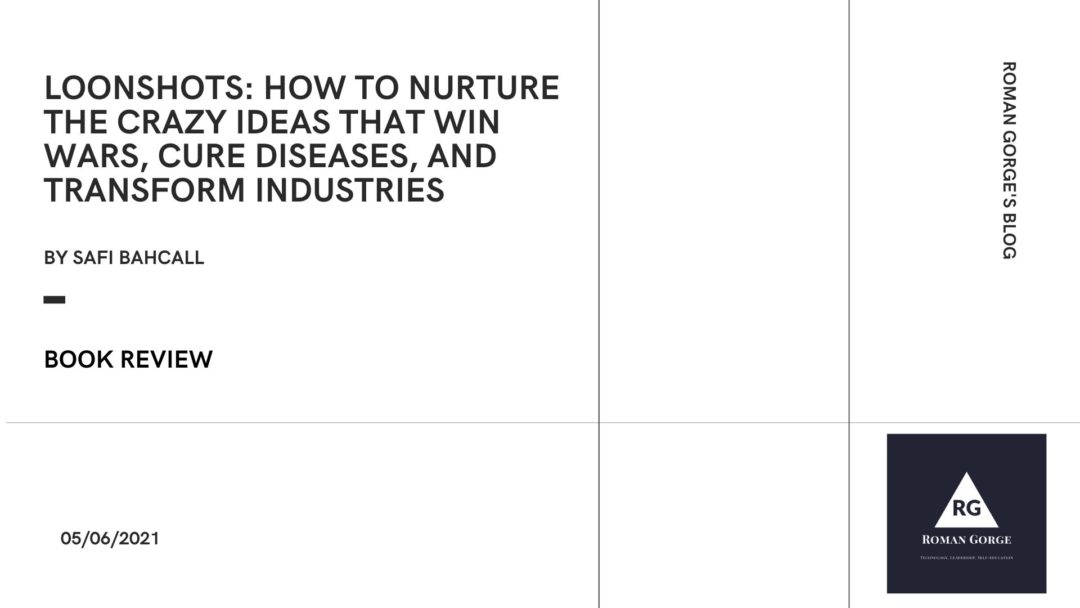I was always astonished how group of people can form an organization that successfully solves highly complex, highly ambiguous challenges and innovates. The organization can continue to produce great products or solutions for a long period of time. But at some point something breaks. Same individuals change their decision making process and instead of nurturing crazy ideas, they start to bury them.
Why it is like that? What is the root cause? Definitely, organization structure has something to do with that. But what else impacts human behaviour in a group?
Those are some of questions that the book is trying to answer. The author uses phase transition theory to explain sudden change in group behaviour. He also proves that individual behaviour has much less impact than organization structure. More is different is one of the key points of the book.
There are a lot of interesting ideas around how balance can be achieved between “artists” and “soldiers” in organization. How to manage transition of innovative ideas from prototype to stable product? This is a classical problem it IT, based on my personal experience. Too many great ideas too often never made it to implementation. So, the book provides a blueprint how to overcome this.
I really enjoyed chapters where the author applied scientific method to solve the challenge every organization is trying to solve – “Where does an employee invest last working hour of the day? Will he or she try to add value to assigned projects or spend time on building networking and internal politics?” This equation includes multiple variables – span of control, equity fraction and many others.
The author distinguishes two types of innovation – product (P-type) and strategy (S-type). In short, if a company concentrates only on “the latest and greatest” products, it can stuck in the vicious cycle. It will concentrate only on “faster and bigger” features, even there is no market for it. This what book calls “Moses Trap”.
The book is also great source of stories about how innovation products and companies were born. There are examples from almost all industries – aviation, photography, IT, pharmaceutical and etc. So, if you are collecting and memorizing stories like I do, this book has a nice pack of them.
Overall, great book – 5 out of 5. I recommend to read it together with other books about innovation. Check out my reviews here and here.
